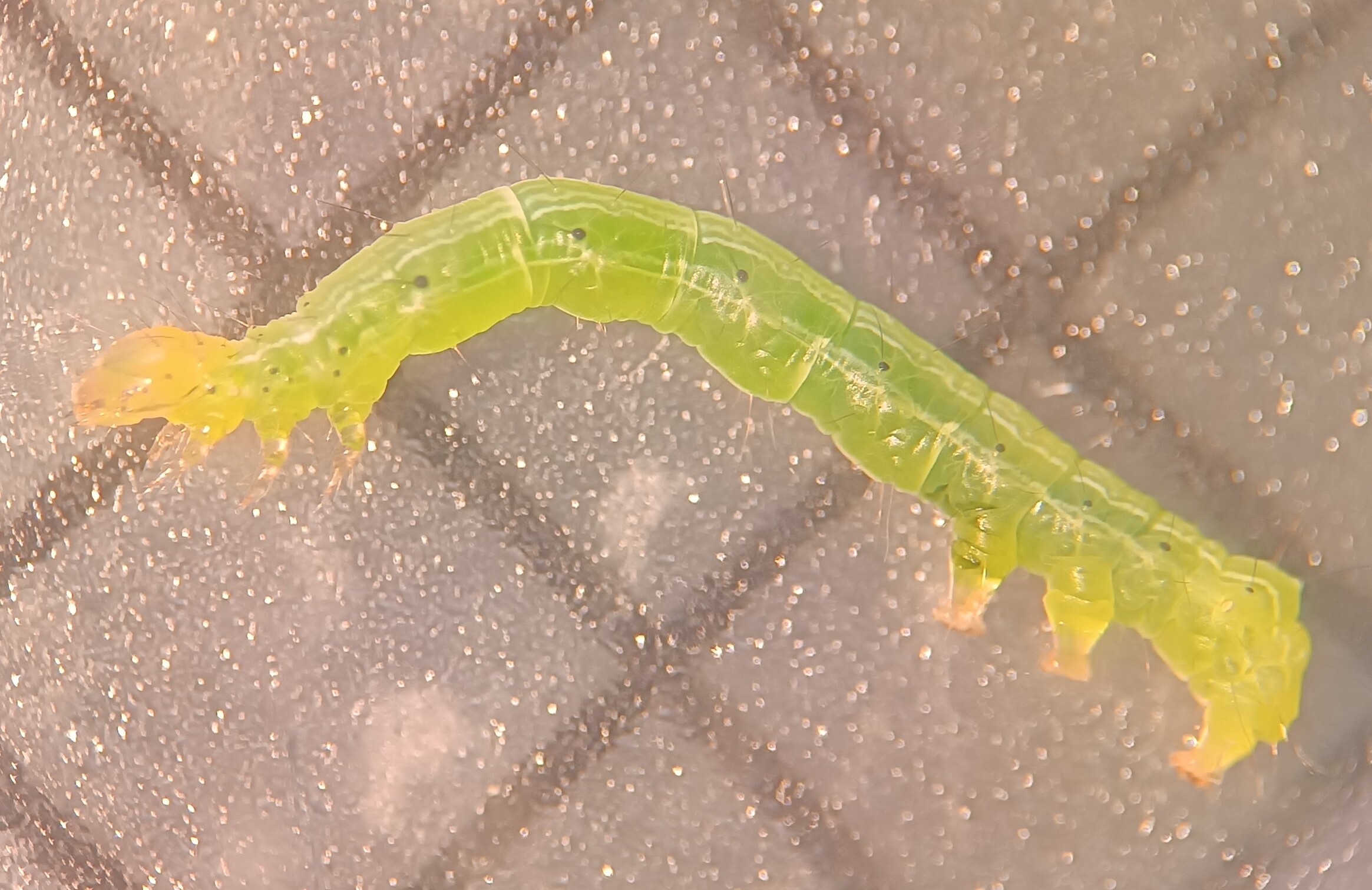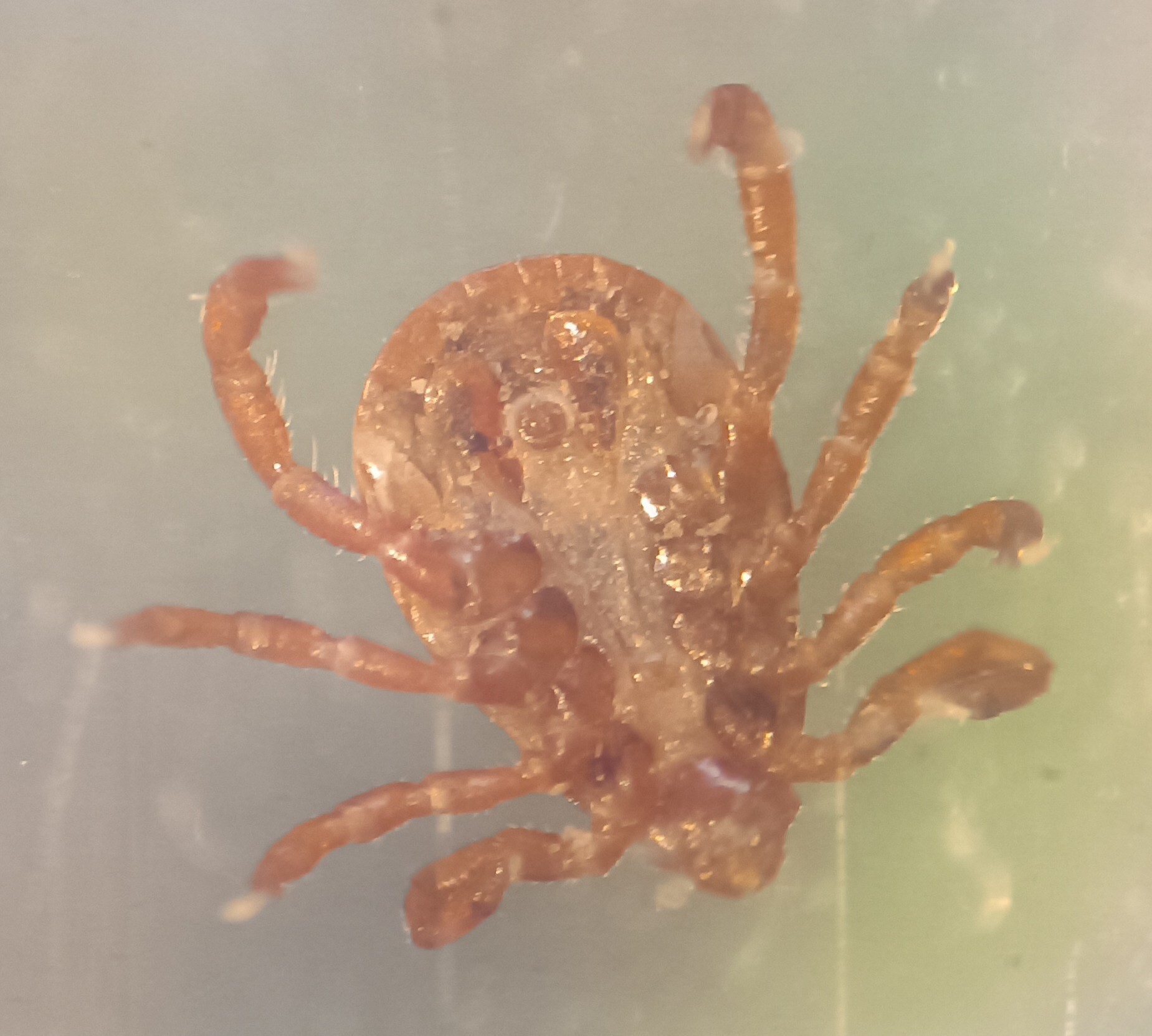Original sketches for the drinking scene on the Predator movie.
"Published on 13 Jan 2024"
1h01m57s "ivermectin and hydroxychloroquine are very valid options"
sigh...
A -190°C liquid nitrogen tank.. how long did it take to boil off?
according to Science in Poland.
A cross from the 15th century.
Was Poland not widely Christian by that time?
Thanks! Seems like handpicking the larvae on the first generation was not thorough enough. Now it's a horde. Today it's looking bleak for one of the 4 plants ':)
The consumption of leaves is astonishing.
On the positive, this has been a good science project for my 5 yo. Catching larvae and pupae, and watching the birthing moth.
We're not eating tomatoes (from these house plants anyway) but we're having some fun.
That Regal moth is awesome! The caterpillar too. And I think i'd surrender the tomatoe plants to them the first time I saw them around.
You could start a submariner company to visit famous sunk ships.
I believe now this is a Tomato Looper, aka Golden Twin-spot moth
Chrysodeixis chalcites.
From a 12yo reddit post with a very very similar larvae on tomato plants, somebody said it was a cabbage looper (wiki).
But after chancing a search for "tomato looper" I finally found a different species with a very very similar larvae and from there a name and good photo for the moth, Golden Twin-spot.
Now to find how to save the plants!..
Would be lovely, but the butterfly/moth is quite a bit less colourful.
If I let them grow, I'm sure I can send you a good bag. XD
Google searches point to that one alone. And the photos do not suggest a lot of shape variability.
But I'm not convinced because the ones I have (1) do not grow a 'horn', (2) the Nr of legs don't seem to match: also they don't grow as chubby and no line markings.
Strongly on favour of your suggestion.. the larvae my tomato plant has, they do glow under UV light.





Great summary, thanks!
Despite the great images of IO the linked article comes with this mud pearl "[University of Arizona's Large Binocular Telescope] With two primary mirrors measuring 8.4 m (~27.5 ft), it has a collecting area slightly greater than that of a 30-meter (98.4 ft) telescope."